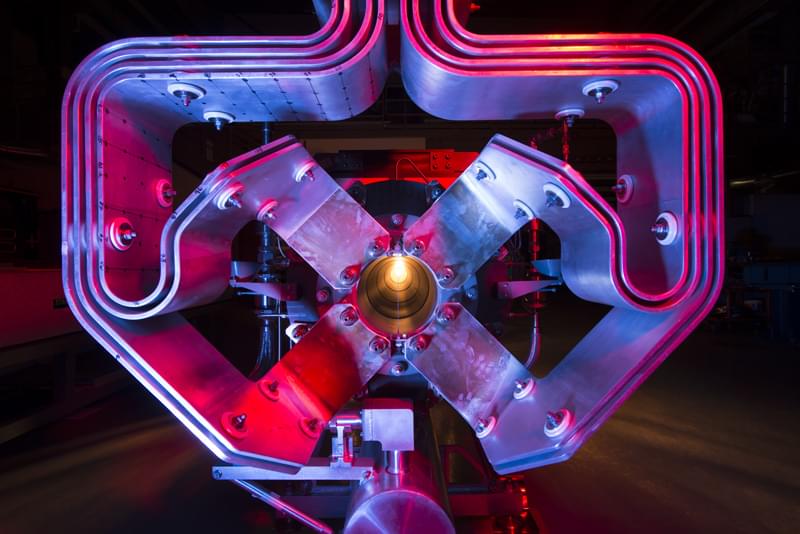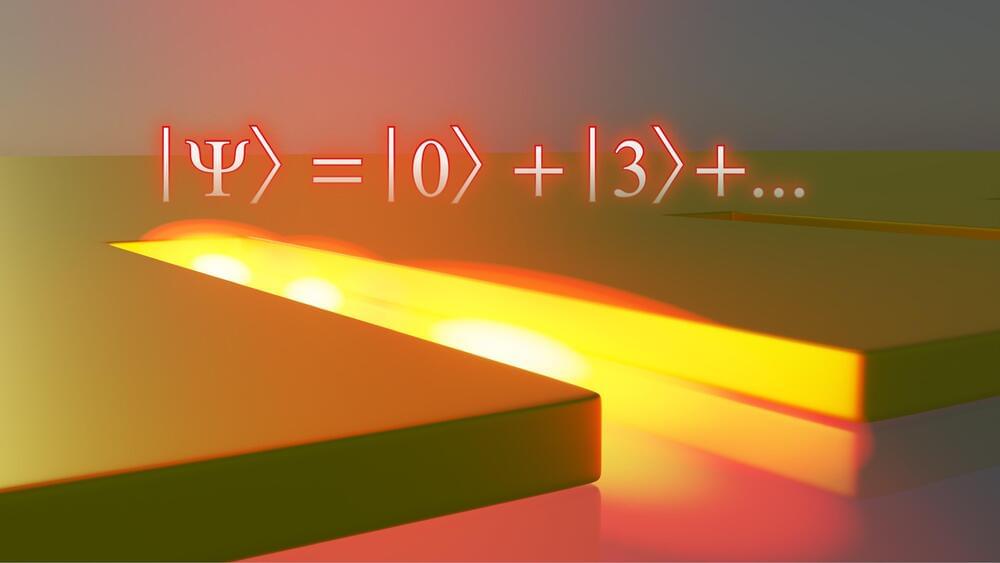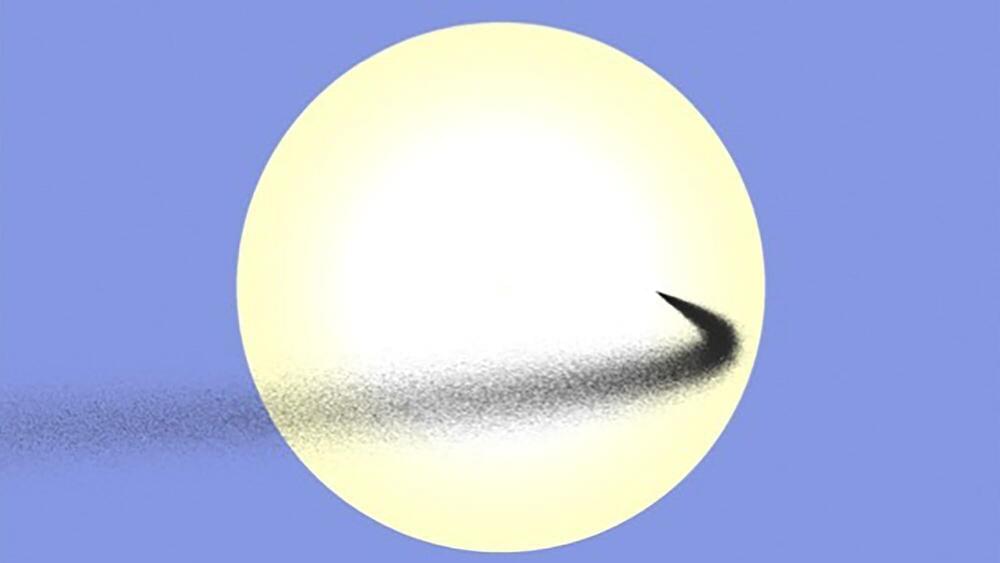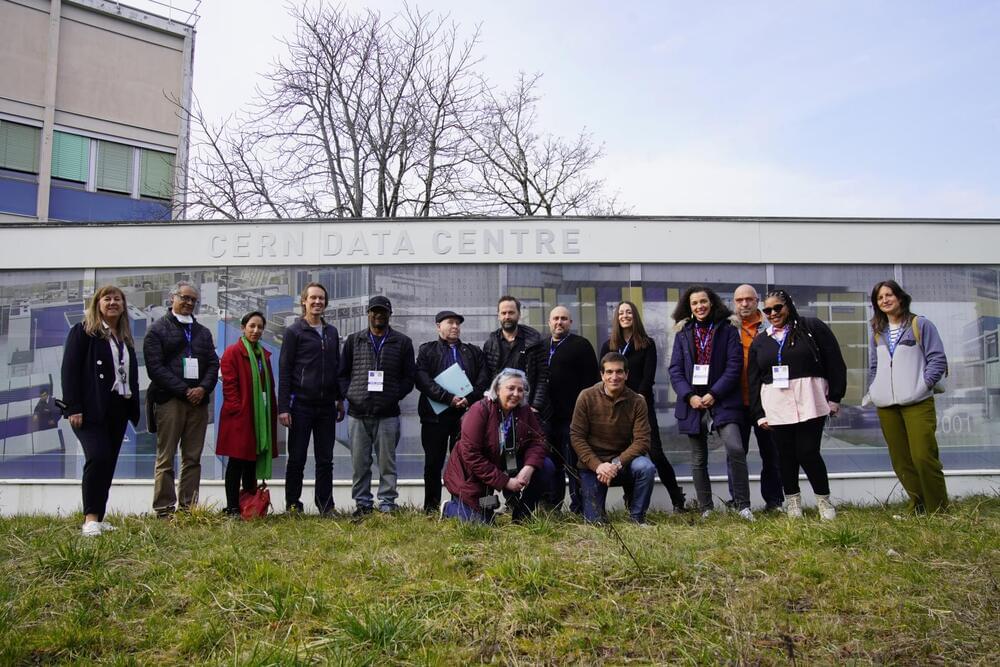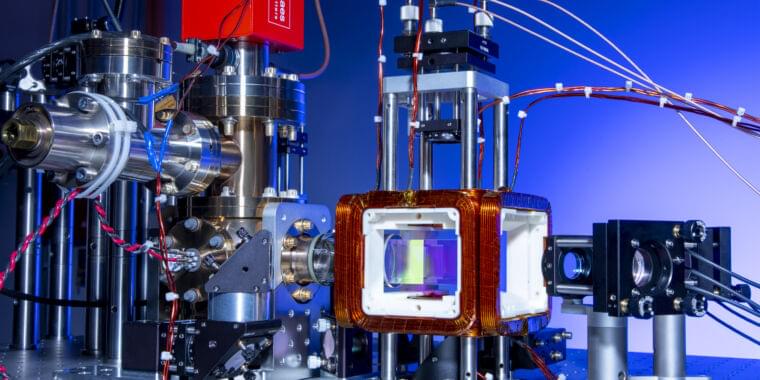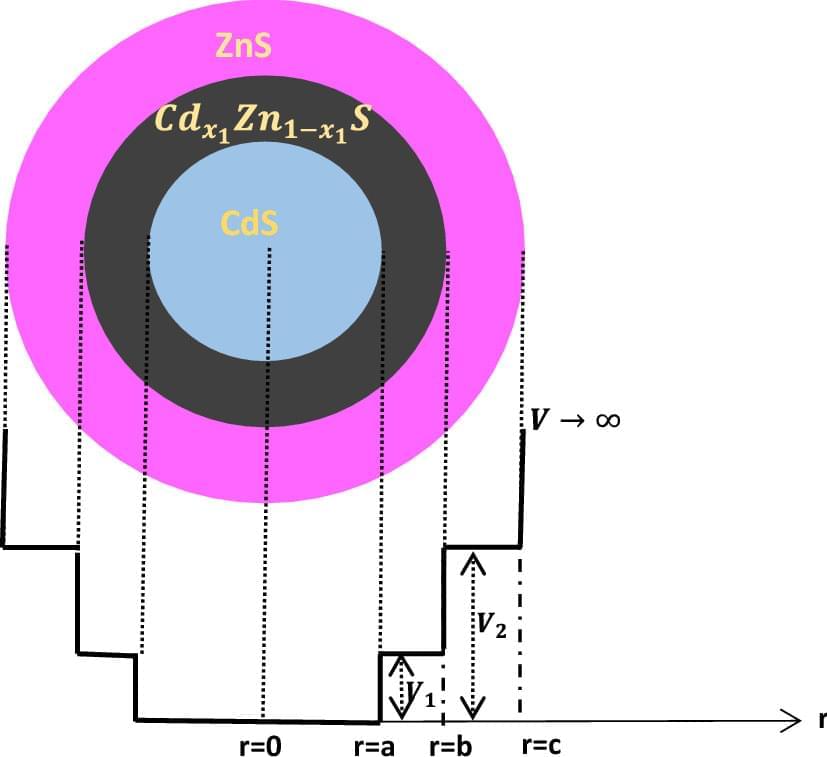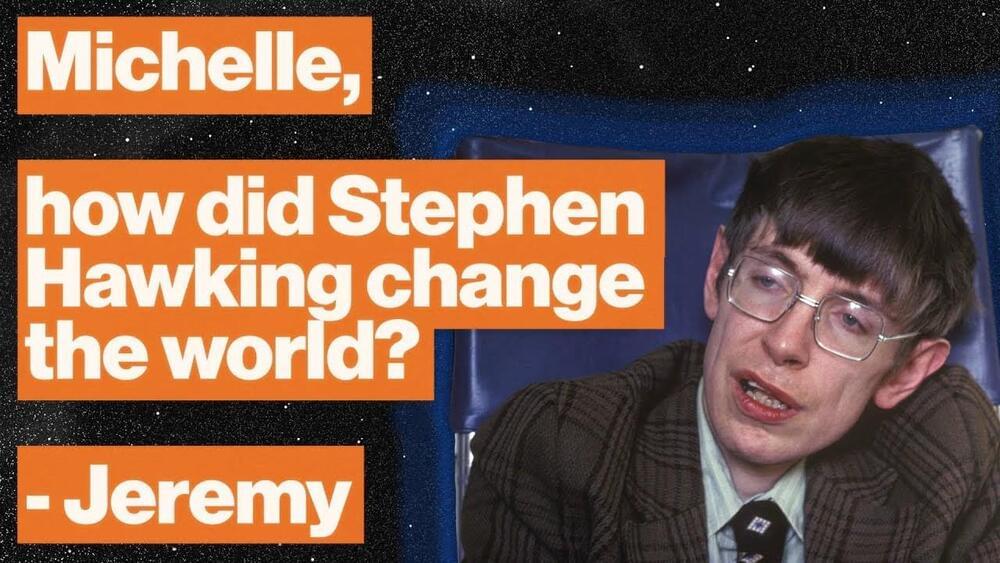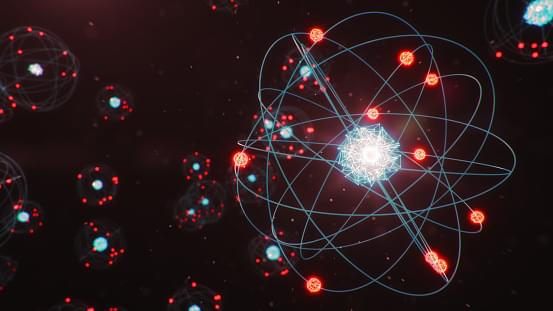Feb 16, 2023
A new way to explore proton’s structure with neutrinos yields first results
Posted by Shubham Ghosh Roy in categories: futurism, particle physics
Physicists used MINERvA, a Fermilab neutrino experiment, to measure the proton’s size and structure using a neutrino-scattering technique.
For the first time, particle physicists have been able to precisely measure the proton’s size and structure using neutrinos. With data gathered from thousands of neutrino-hydrogen scattering events collected by MINERvA, a particle physics experiment at the U.S. Department of Energy’s Fermi National Accelerator Laboratory, physicists have found a new lens for exploring protons. The results were published today in the scientific journal Nature.
This measurement is also important for analyzing data from experiments that aim to measure the properties of neutrinos with great precision, including the future Deep Underground Neutrino Experiment, hosted by Fermilab.
